Thu 23 Apr 2009
Badger, Ratty, and the sensual raccoon
Posted by DavidMitchell under Photography, West Marin nature, Wildlife
[3] Comments
“Badger hates Society, and invitations, and dinner, and all that sort of thing,” Kenneth Grahame wrote in The Wind in the Willows. “The badger is a wary animal,” concurs Point Reyes Station naturalist Jules Evans in his book The Natural History of the Point Reyes Peninsula.
Badgers dig a “wide, oblong burrow,” Evans notes. The burrows are often easy to locate by mounds of dirt around their entrances. It’s not uncommon for new badger burrows to be excavated overnight in my field or in the Giacomini family’s field next door. A friend once spotted a badger on a mound outside my window, but it scrambled into its burrow before I caught a glimpse of it.

I was naturally envious of my friend, and for more than 10 years since then, I’ve been trying see one of this hill’s badgers for myself. I never managed to do so, however, until this week.
My first glimpse of a badger here occurred Monday when I spotted one about 150 yards away in the Giacomini field. I tried to get a picture of the badger, but that meant zooming my little Kodak’s telephoto to the max. Keeping the telephoto steady while fully extended required using a tripod, and by the time I got mine out, the badger was gone. Tuesday I was better prepared, but this time before I could snap a photo, two deer ran past the burrow, prompting the badger to dart inside.
Around noon Wednesday, I once again spotted the badger sunning itself on its mound, and this time my camera and tripod were ready. I had been thrilled just to finally see the badger, but to also be able to photograph it made my week.
Who knows how long the badger will stick around, but I now feel confident I will see it again. As Badger remarks in The Wind in the Willows, “We are an enduring lot, and we may move out for a time, but we wait, and are patient, and back we come. And so it will ever be.”
 Ratty, as he is called in The Wind in the Willows, showed up on my deck Tuesday to take a drink from the birdbath and eat whatever birdseed he could find.
Ratty, as he is called in The Wind in the Willows, showed up on my deck Tuesday to take a drink from the birdbath and eat whatever birdseed he could find.
Our local roof rats, rattus rattus, are native to southern Asia and are the same rats whose fleas spread the Black Death through Europe in the 1340s, killing off half the population in many places.
Although roof rats can carry murine typhus in the South, in West Marin, the main danger they pose is to dishwashers. You can read all about it at Posting 13. Roof rats can measure a foot long, including their tails, which are longer than their bodies.
Nor were Badger and Ratty the only sightings of Spring on my hill this week. Wild turkeys are back. All week I’ve been able to hear them gobbling, and periodically I’ve seen a tom fanning its tail feathers for three hens. Back after a longer absence, possums have twice visited my deck recently, and on two other occasions, gray foxes have paid calls on me.
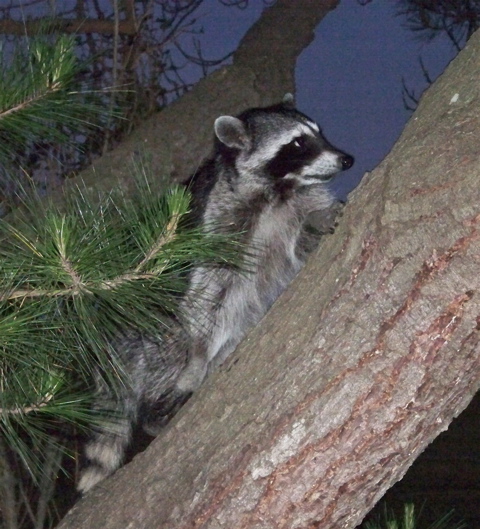
About three weeks ago, in fact, I witnessed a confrontation on my deck between two raccoons and a fox. The fox pulled up short when he spotted the raccoons, and when one raccoon growled at it, the fox made a quick departure. Unfortunately, all this happened so fast I didn’t have a chance to even reach for my camera.
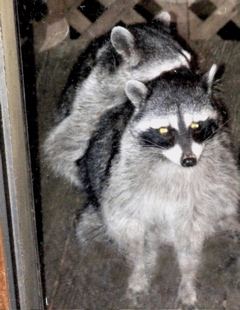 In Spring a young raccoon’s fancy lightly turns to thoughts of love, to paraphrase Tennyson.
In Spring a young raccoon’s fancy lightly turns to thoughts of love, to paraphrase Tennyson.
Indeed on Tuesday evening when I looked out my kitchen door, two young raccoons were making love on my deck.
As is de rigueur among animals other than humans and bonobos, the male raccoon was mounting the female from the rear.
My surprise came when the young male suddenly rolled his mate onto her back, and they continued on face to face.
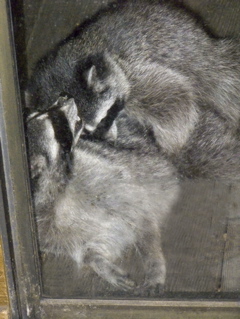 Even more of a surprise was that they sometimes appeared to be actually making love.
Even more of a surprise was that they sometimes appeared to be actually making love.
I expected the male to behave more roughly, but these two raccoons were relatively sensual, at times both hugging each other as they rolled around my deck.
I’ve never read much about raccoon passion, which makes me wonder: The Sensual Raccoon, doesn’t that sound like the title of a bestseller?
However, there was — much as I’m loath to acknowledge it — a brazen aspect to the raccoons’ mating. They saw me taking pictures yet they kept right on performing.

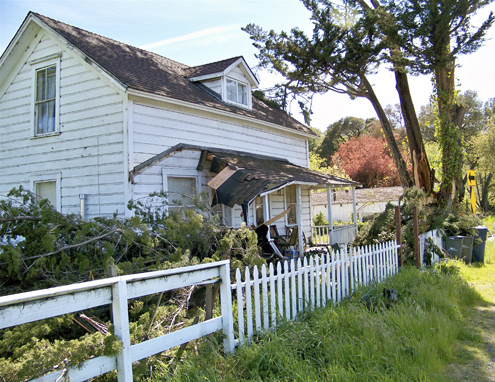 Windstorm destruction. The historic house where Dave Dinsmore lives on Nicasio Square has withstood more than a couple of blows over the years from speeding southbound vehicles. Coming at the end of a long straightaway into town, Nicasio Valley Road’s 90-degree turn in front of the house has sent nighttime speeders flying off the road and into the fence and porch. This week, however, the blow came from a gale that sent half a tree crashing down onto the porch’s roof. No doubt the resilient residence will recover from this blow too.
Windstorm destruction. The historic house where Dave Dinsmore lives on Nicasio Square has withstood more than a couple of blows over the years from speeding southbound vehicles. Coming at the end of a long straightaway into town, Nicasio Valley Road’s 90-degree turn in front of the house has sent nighttime speeders flying off the road and into the fence and porch. This week, however, the blow came from a gale that sent half a tree crashing down onto the porch’s roof. No doubt the resilient residence will recover from this blow too.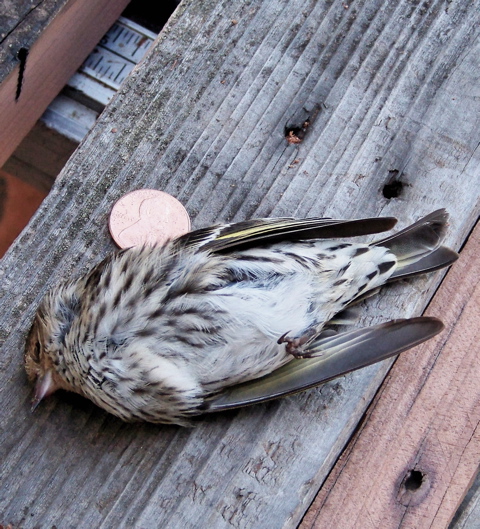
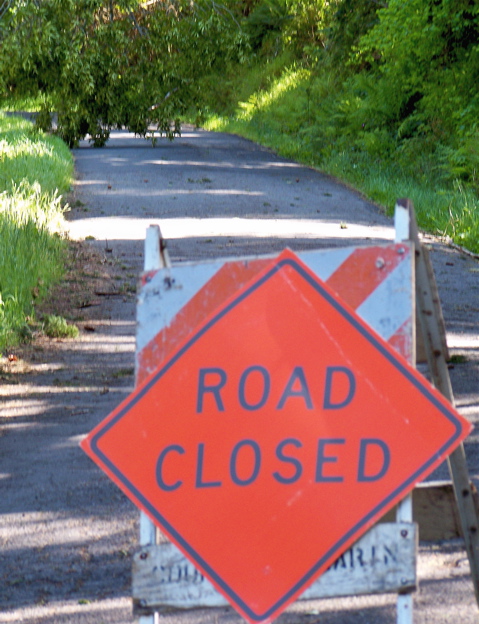

 Reflected in the windows of neighbors Dan and Mary Huntsmans’ potting shed, a cat that could never have perched on their gatepost in this week’s gale could sit there nonchalantly last week.
Reflected in the windows of neighbors Dan and Mary Huntsmans’ potting shed, a cat that could never have perched on their gatepost in this week’s gale could sit there nonchalantly last week.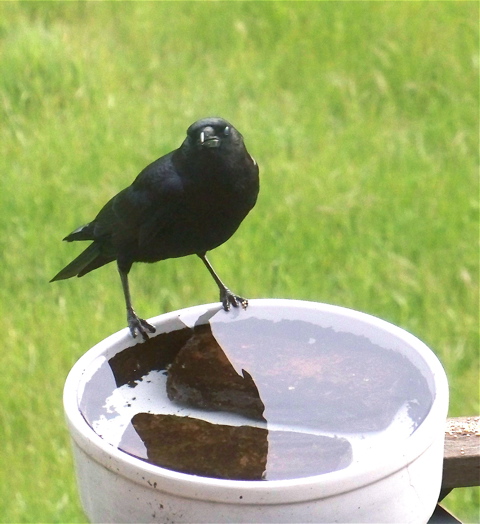
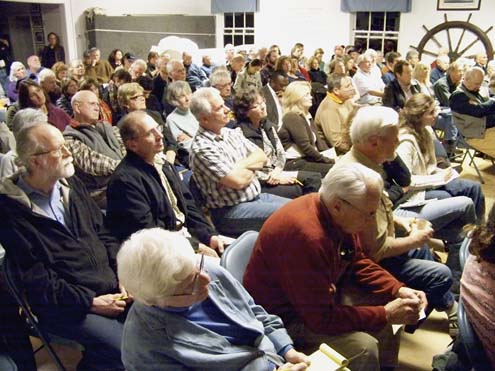


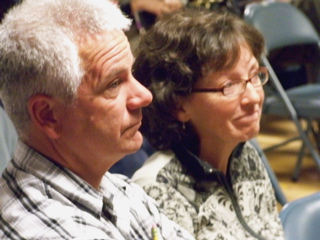 Closely following Friday’s discussion are oyster company owners Kevin and Nancy Lunny.
Closely following Friday’s discussion are oyster company owners Kevin and Nancy Lunny.
 A warning sign of Spring: Hundreds of people showed up at the Dance Palace this afternoon for Sacred Heart Church’s annual St. Patrick’s Day Barbecue.
A warning sign of Spring: Hundreds of people showed up at the Dance Palace this afternoon for Sacred Heart Church’s annual St. Patrick’s Day Barbecue.
 A volunteer bartender at the St. Patrick’s Day Barbecue, Mark Allen (left) of Inverness Park, takes an order for an Irish coffee.
A volunteer bartender at the St. Patrick’s Day Barbecue, Mark Allen (left) of Inverness Park, takes an order for an Irish coffee.
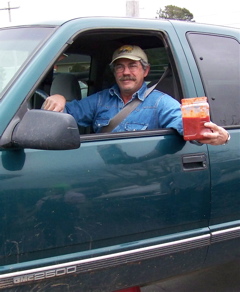

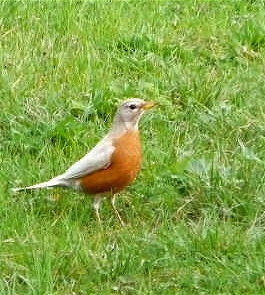 Another warning sign of Spring: The gloomy days of winter are supposed to be over “when the red, red robin comes bob, bob, bobin’ along.” But at Jay’s home this year, the first robin of Spring is not “red, red” but partially albino. (Photo by Jay Haas)
Another warning sign of Spring: The gloomy days of winter are supposed to be over “when the red, red robin comes bob, bob, bobin’ along.” But at Jay’s home this year, the first robin of Spring is not “red, red” but partially albino. (Photo by Jay Haas)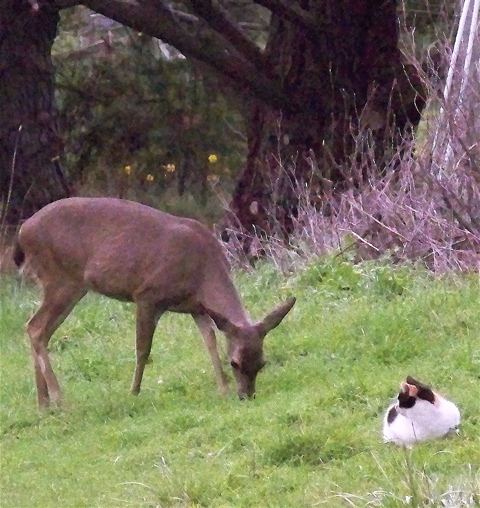


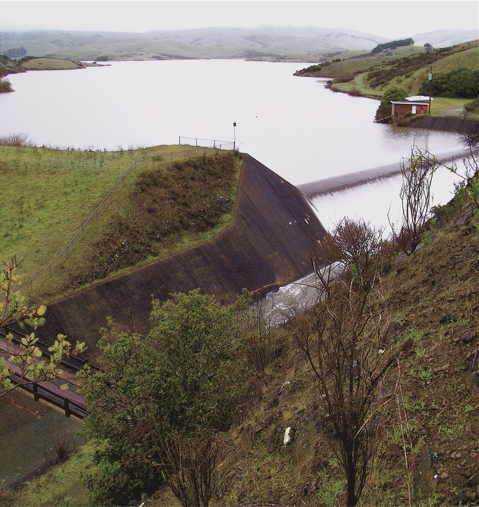
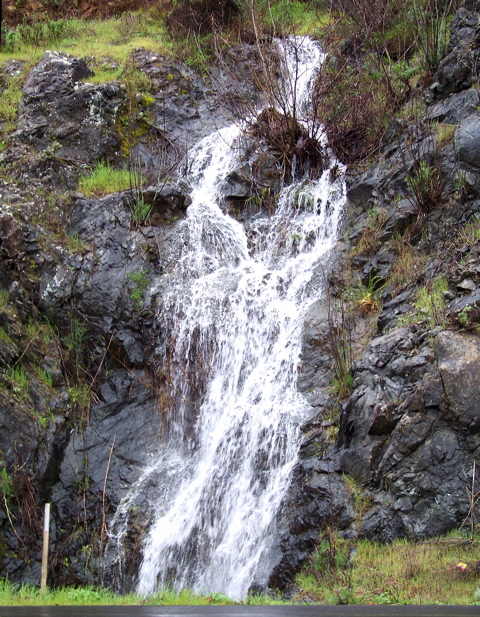
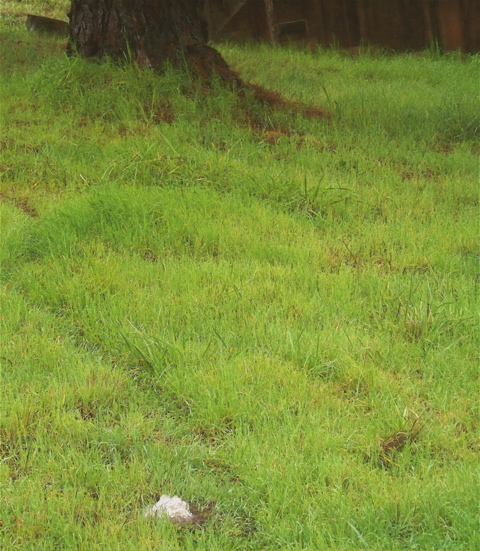
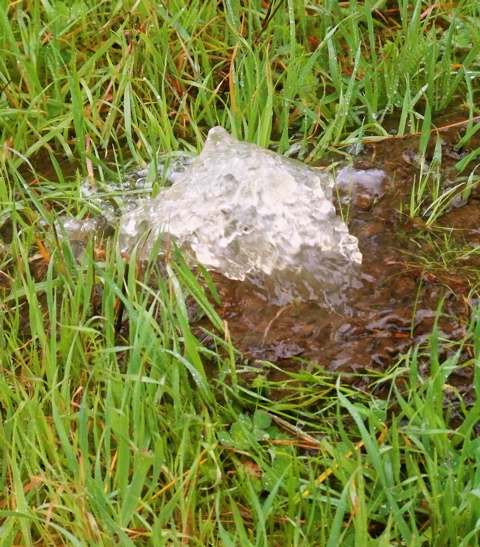
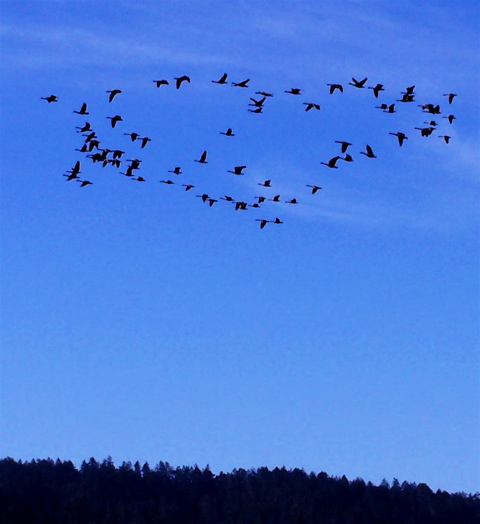


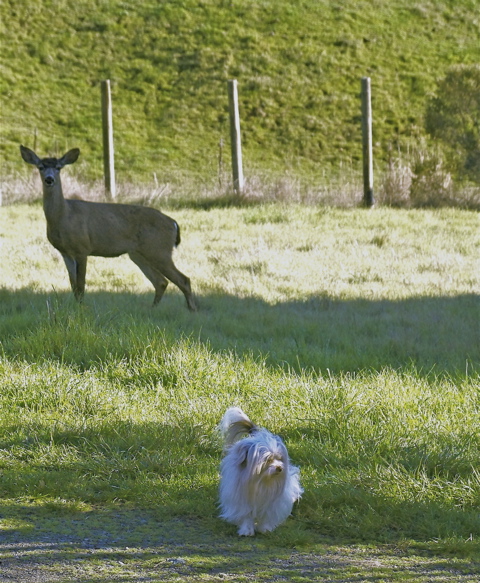

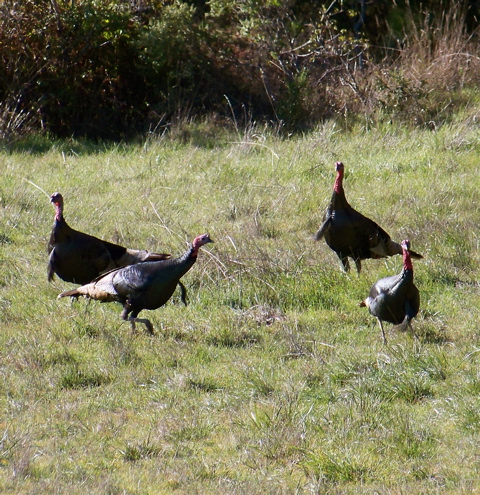

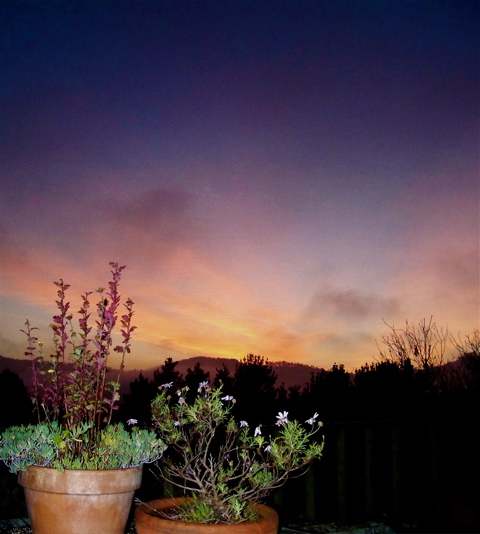
 Not long after midnight this morning, I was sitting by my woodstove looking into the flames when I heard a coyote howling in the neighboring horse pasture (right), which is owned by the Giacomini family.
Not long after midnight this morning, I was sitting by my woodstove looking into the flames when I heard a coyote howling in the neighboring horse pasture (right), which is owned by the Giacomini family. Soon all three coyotes were howling at once. They finally stopped, but I stayed outside, straining to hear more in the blackness of a moonless midnight.
Soon all three coyotes were howling at once. They finally stopped, but I stayed outside, straining to hear more in the blackness of a moonless midnight. In my case, however, the howling was a happy reminder that here in the small towns of West Marin, the Old West lives on. The coyotes howl, and the wind blows free.
In my case, however, the howling was a happy reminder that here in the small towns of West Marin, the Old West lives on. The coyotes howl, and the wind blows free.